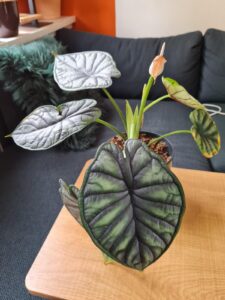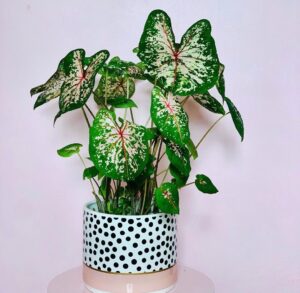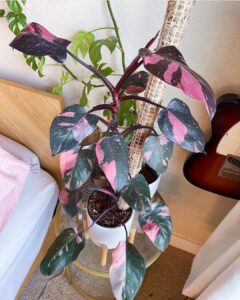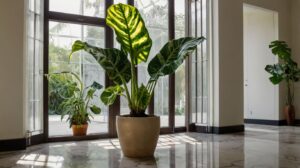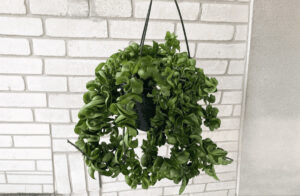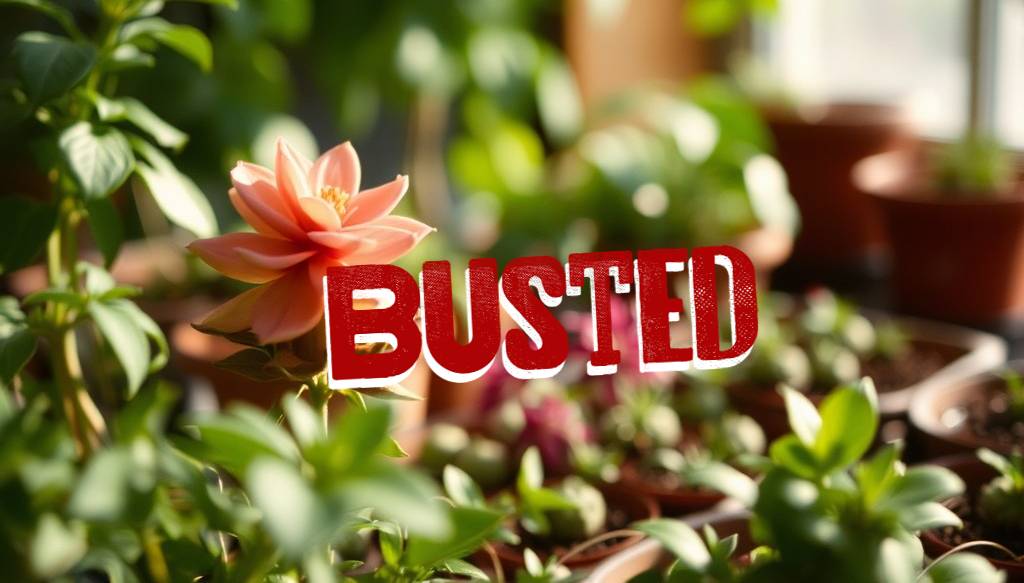
Indoor gardening is a fantastic way to bring a little green into your life, but let’s face it: there are a ton of myths floating around that can steer you wrong. From the idea that you need a green thumb to thrive to the belief that all plants need direct sunlight, these misconceptions can leave even the most enthusiastic gardeners feeling frustrated.
In this article
- 1 Myth #1: You Can Use Any Soil for Indoor Plants
- 2 Myth #2: Water Your Plants on a Schedule
- 3 Myth #3: Mist Your Plants for Humidity
- 4 Myth #4: Bigger Pots Mean Bigger Plants
- 5 Myth #5: You Need a Green Thumb to Succeed
- 6 Myth #6: All Plants Need Direct Sunlight
- 7 Myth #7: Fertilizer Is Always Necessary
- 8 Myth #8: Indoor Plants Are High Maintenance
- 9 Myth #9: You Can’t Grow Food Indoors
- 10 Myth #10: All Houseplants Are Toxic
Myth #1: You Can Use Any Soil for Indoor Plants
I used to grab whatever bag of soil was on sale at the garden center and call it a day. It worked for a while, until I noticed my plants’ growth stalling or, worse, wilting. Turns out, indoor plants need a specific kind of soil mix, especially if they’re in pots.
Standard garden soil is way too dense for indoor containers—it holds too much water, which can lead to root rot. I’ve had a few too many run-ins with that nasty little situation. These days, I go for a well-draining potting mix with ingredients like perlite or vermiculite to keep my plants happy and breathing.
RELATED: Guide to Soil Components: Peat Moss, Perlite, Sand, Organic Matter, and Compost
Myth #2: Water Your Plants on a Schedule
This one really got me in the beginning. I had my phone set with weekly reminders to water each of my plants, like clockwork. But plants aren’t machines—they don’t need water just because it’s Tuesday.
Overwatering is actually one of the biggest plant killers, especially indoors where moisture doesn’t evaporate as quickly. Now, I’ve switched to the finger test. If the top inch of soil feels dry, I’ll water; if not, I wait. Simple, but game-changing.
Most indoor plants prefer their soil to dry out between waterings. A good rule of thumb is to stick your finger in the soil—if it feels dry an inch down, it’s time for a drink. Trust me; your plants will thank you for it.
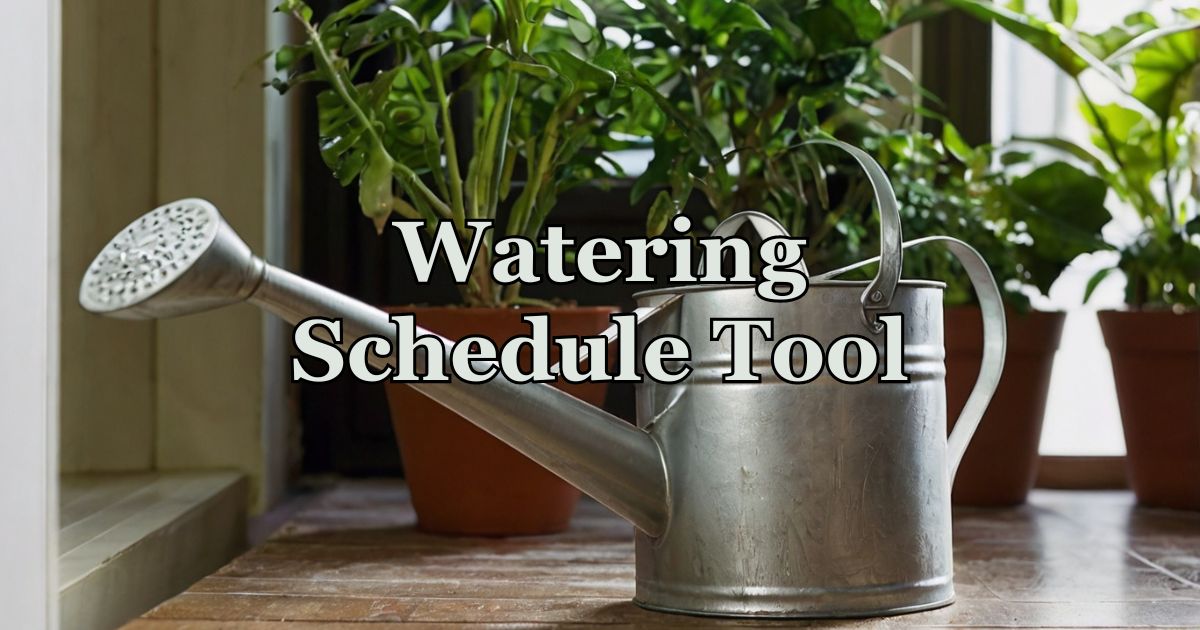
Interactive Watering Schedule Tool
Simply select your plant type, specify your lighting and pot size, and our advanced algorithm will calculate the optimal watering frequency tailored to your specific needs. By considering these critical factors our tool ensures that you never overwater or underwater your plants again.
No more guesswork—focus on enjoying your green space.
Myth #3: Mist Your Plants for Humidity
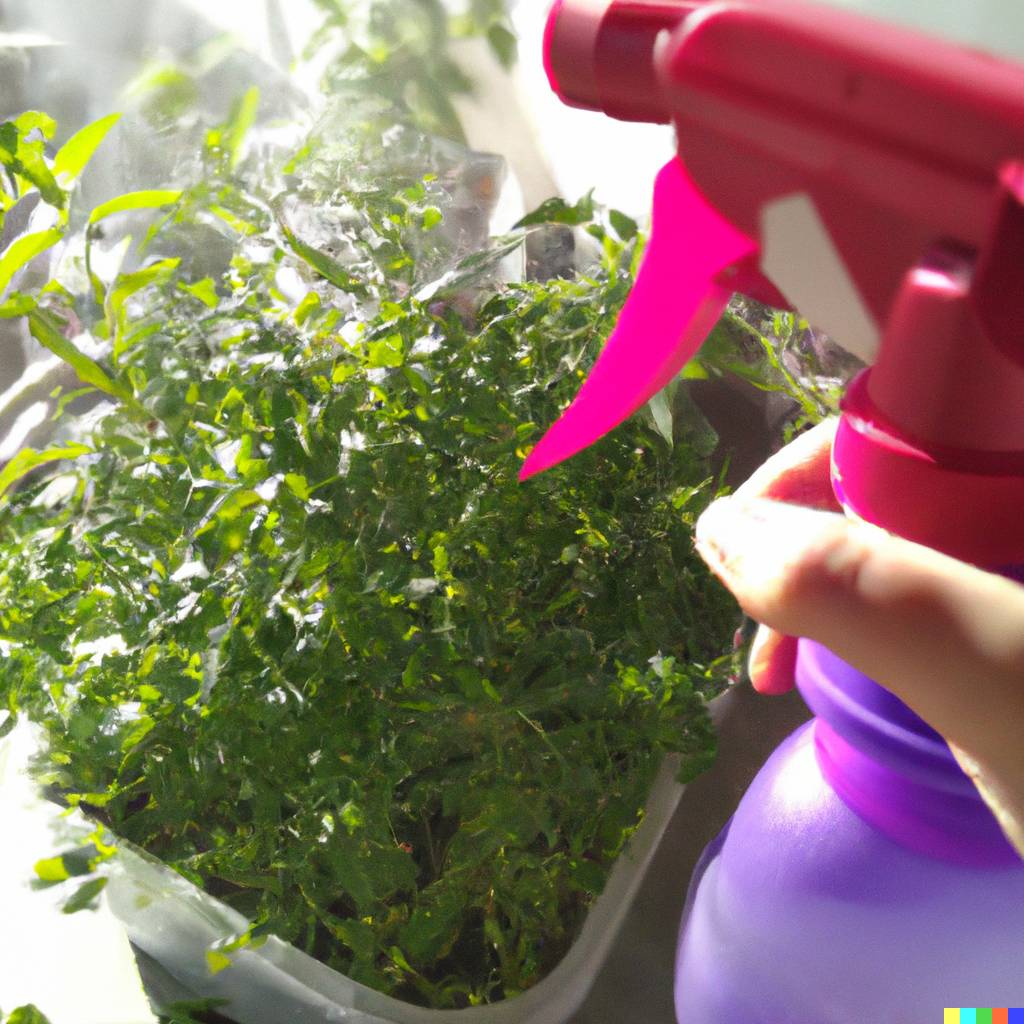
I used to mist my plants religiously, thinking I was creating a tropical paradise in my living room. But let me tell you, that little spritz bottle isn’t doing much.
For plants that truly need humidity (like ferns or orchids), misting doesn’t create lasting moisture. The water evaporates almost immediately, leaving your plants just as parched as they were before. If humidity’s your goal, invest in a proper humidifier, or place a water-filled tray with pebbles near your plants. It makes a real difference.
Myth #4: Bigger Pots Mean Bigger Plants
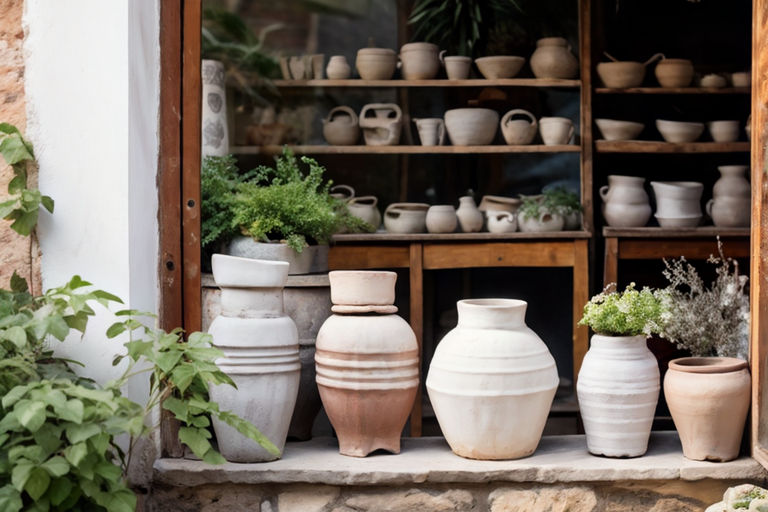
Here’s a mistake I made more times than I care to admit. I thought, “Hey, if I give my plant a bigger home, it’ll grow faster and stronger.” Nope. In reality, when you plop a small plant into a large pot, its roots can get overwhelmed by all the extra space, leading to waterlogged soil and—you guessed it—root rot.
I’ve had better luck sticking to smaller pots that allow the plant to fill out naturally. When it starts getting root-bound, then I upgrade.
Myth #5: You Need a Green Thumb to Succeed
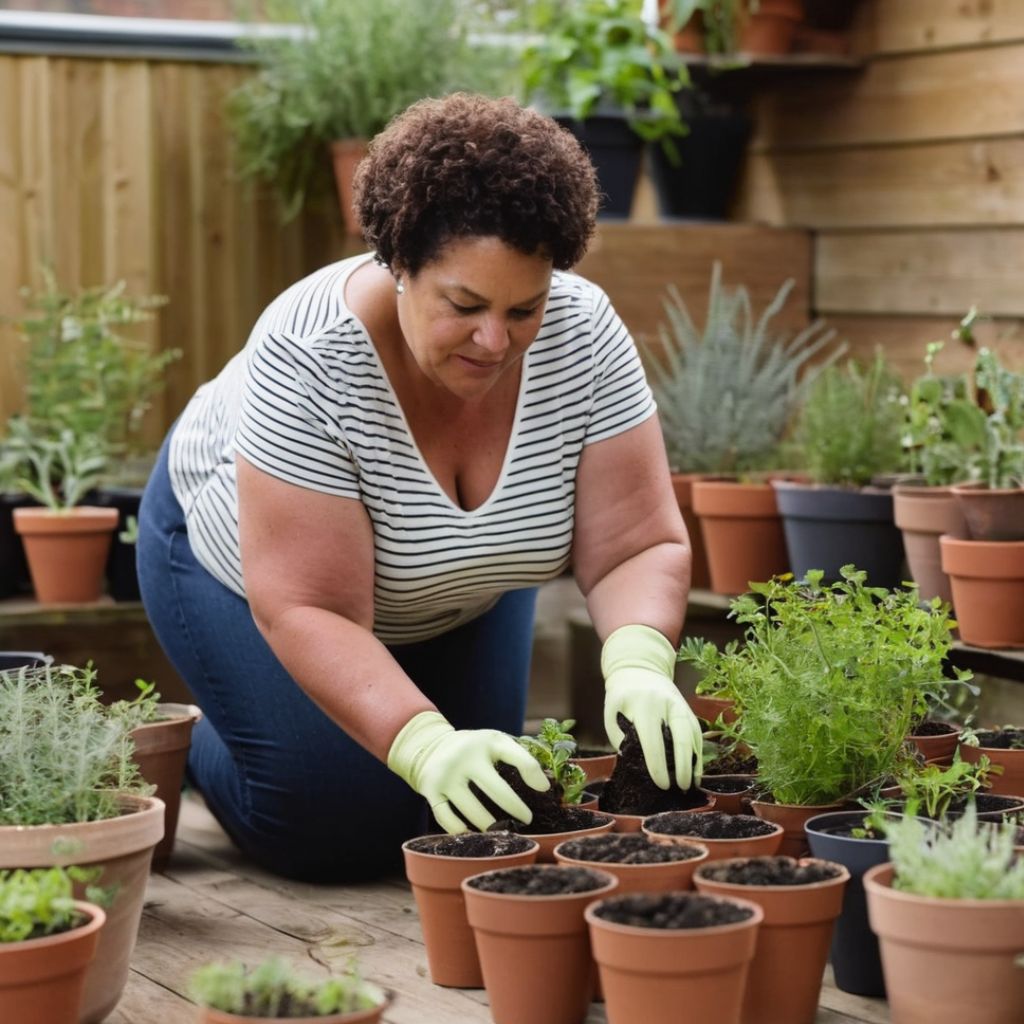
Let’s bust this one right away. The idea that you need an innate talent for gardening is just plain wrong. When I first started indoor gardening, I was convinced I’d kill every plant in sight. Spoiler alert: I didn’t! It’s all about learning and adapting.
With a bit of research and practice, anyone can grow healthy plants. There are plenty of resources available, from blogs to YouTube channels, that can guide you through the process.
Myth #6: All Plants Need Direct Sunlight
This myth had me chasing the sun for my plants like a moth to a flame. The truth? Many indoor plants thrive in low-light conditions. Take snake plants and pothos, for example; they’re practically the poster children for low-light success.
When I moved my pothos to a shadier spot, it flourished! So, don’t stress if your apartment doesn’t have sun-drenched windows; there are plenty of plants that will love your less-than-sunny setup.
RELATED: 10 Best Indoor Plants for Low-Light Areas
Myth #7: Fertilizer Is Always Necessary
When I first started out, I thought fertilizer was like plant magic—sprinkle it on, and voila! However, not all plants require constant feeding. In fact, over-fertilizing can lead to nutrient burn and other issues. Many houseplants do just fine with just a few feedings during their growing season (spring and summer).
Always check specific care guides for your plants before loading them up with nutrients.
Myth #8: Indoor Plants Are High Maintenance
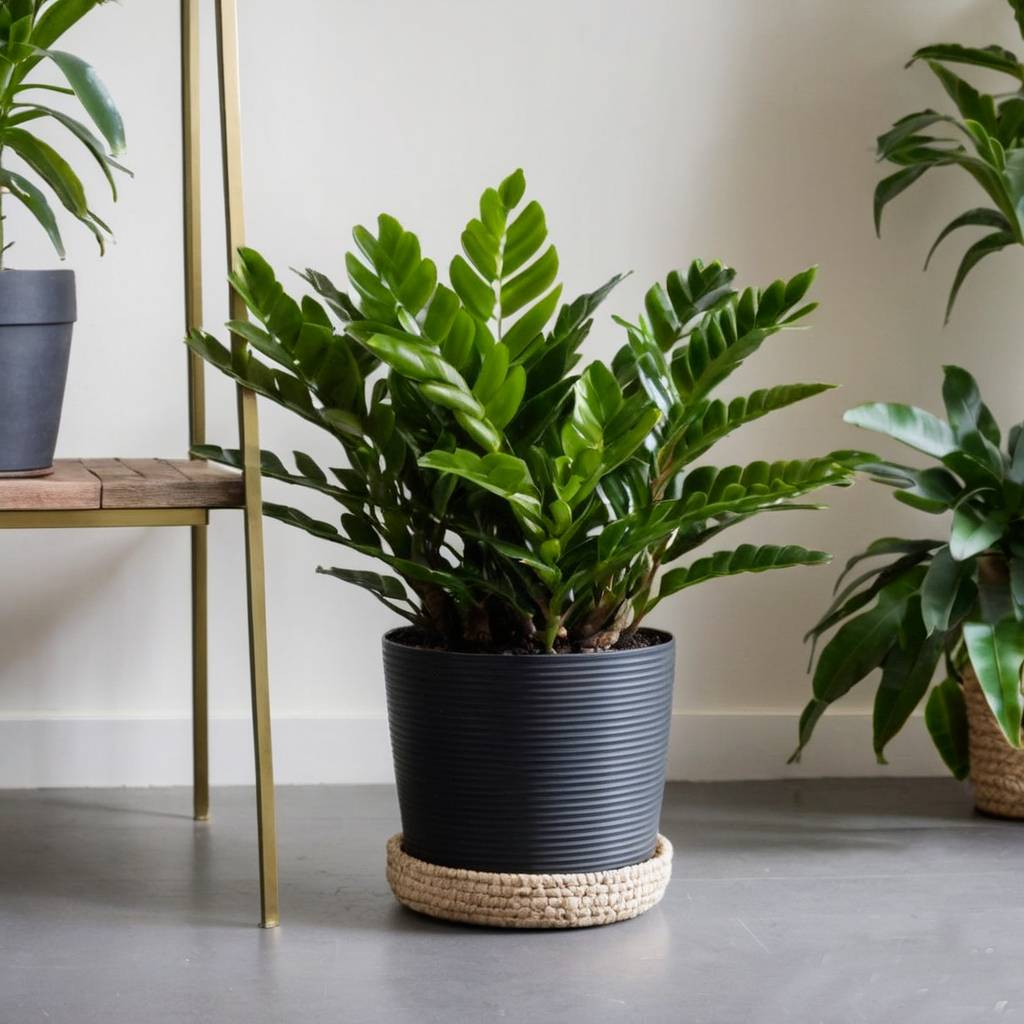
I get it—some folks think indoor gardening is like having a pet iguana that needs constant attention. But many houseplants are incredibly low maintenance! For instance, succulents and ZZ plants thrive on neglect.
When I went on vacation last summer, I barely watered my succulents before leaving—and they were still thriving when I returned! The key is choosing the right plants for your lifestyle.
RELATED: Low-maintenance plants ideal for busy people
Myth #9: You Can’t Grow Food Indoors
This one always makes me chuckle because it’s so far from the truth!
Growing your own herbs or even vegetables indoors isn’t just possible; it’s downright fun! I remember my first attempt at an indoor herb garden—basil, parsley, and thyme were my go-tos. They not only added flavor to my meals but also filled my kitchen with delightful aromas.
With proper lighting (think grow lights if you lack natural light) and care, you can enjoy fresh ingredients year-round!
RELATED: Top 10 Herbs to Grow on Your Kitchen Counter
Myth #10: All Houseplants Are Toxic
While some houseplants can be toxic to pets or kids (looking at you, pothos), many are perfectly safe! Peace lilies and spider plants are great examples of non-toxic options that add beauty without worry. It’s essential to do your homework before bringing new plants home—know what you’re getting into!
As someone who has navigated this landscape before, I recommend checking resources like ASPCA’s list of toxic and non-toxic plants for peace of mind.
IMPORTANT: Toxic Houseplants to Keep Away from Cats and Dogs
Stop Believing the Hype
The indoor gardening world is full of advice that sounds good but doesn’t hold up in real life. I’ve burned through enough plants to tell you this from experience. If you want your indoor garden to thrive, focus on what your plants actually need, not what some Instagram tip might suggest.
Do a little research, pay attention to your plants, and—most importantly—be patient. Indoor gardening is a journey, not a sprint.
RELATED:


